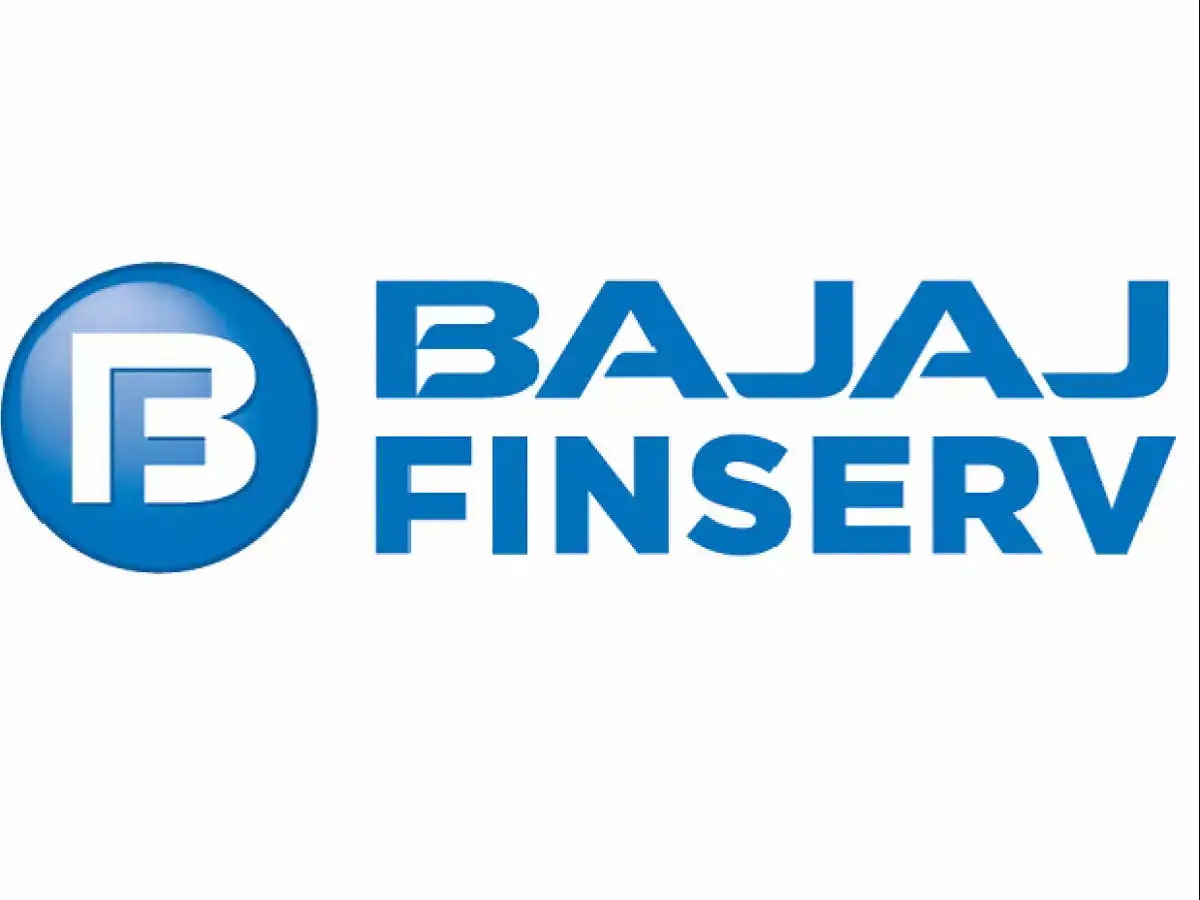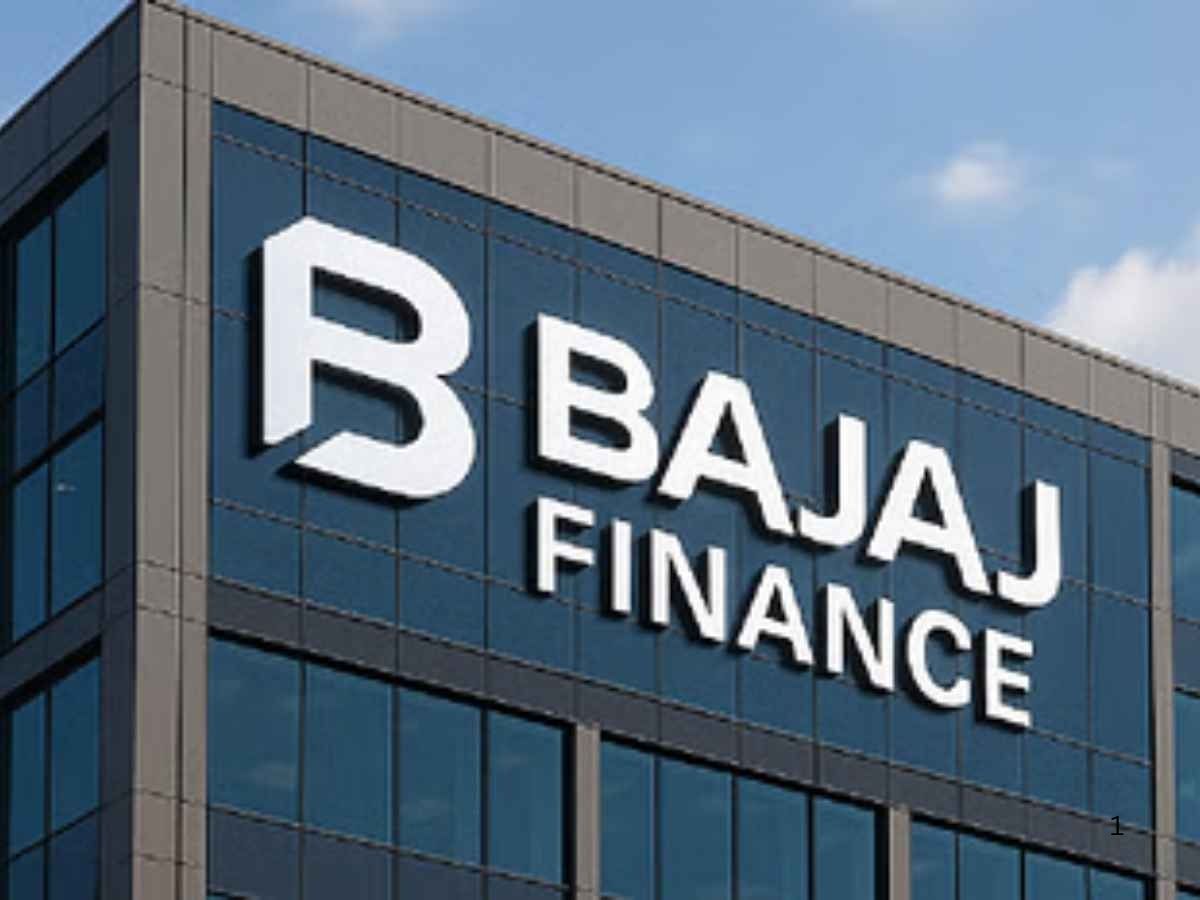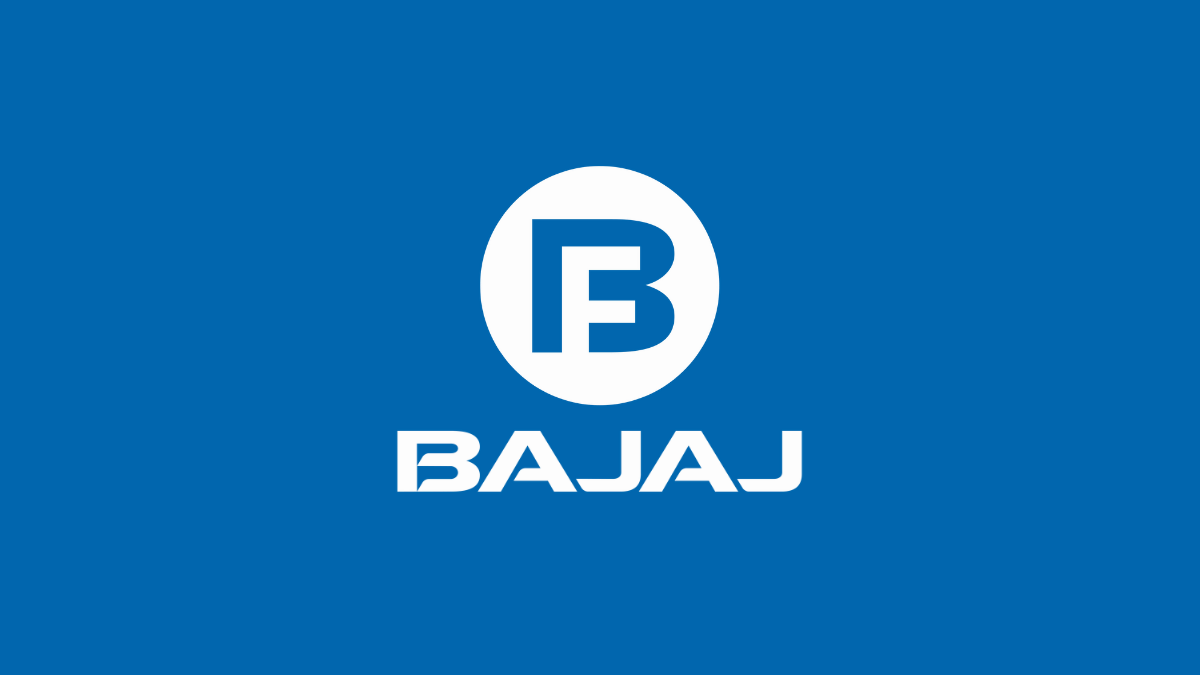Bajaj Finance Ltd, India’s leading non-banking financial company (NBFC), announced robust financial results for the quarter ended June 30, 2025, posting a 22% year-on-year jump in consolidated net profit to Rs 4,765 crore, up from Rs 3,912 crore in Q1 FY25. The firm’s strong earnings mark another quarter of resilient growth fueled by healthy loan book expansion, efficient cost management, and stable asset quality, underscoring its commanding position in India’s consumer finance space.
This detailed article unpacks seven key insights from Bajaj Finance’s Q1 FY26 earnings report, covering operational highlights, financial metrics, portfolio performance, customer base expansion, asset quality, liquidity and funding strategy, plus the outlook ahead in a dynamic economic backdrop.
Bajaj Finance continues to leverage technology as a cornerstone of its growth strategy, investing heavily in digital platforms and data analytics to enhance credit underwriting, customer acquisition, and collections. The company’s use of artificial intelligence and machine learning models enables real-time risk assessment and personalized product offerings, which have contributed significantly to expanding its loan penetration in both urban and semi-urban regions. These technological advancements provide Bajaj Finance with a competitive edge, allowing it to tailor credit solutions more efficiently and mitigate potential defaults proactively.
In the fiercely competitive NBFC sector, Bajaj Finance maintains a differentiated position through its diversified product portfolio spanning consumer finance, SME loans, mortgage lending, and rural credit initiatives. By balancing growth across segments, the company reduces dependency on any single vertical, cushioning itself from cyclical shocks. Its growing housing finance subsidiary, Bajaj Housing Finance, capitalizes on the rising demand for affordable housing in India, supported by government incentives and favorable interest rate conditions — all of which bode well for its sustained revenue augmentation.
Regulatory developments in India’s financial sector continue to influence Bajaj Finance’s operational blueprint. The company has remained compliant with evolving RBI guidelines on capital adequacy, asset classification, and priority sector lending. Recent steps to strengthen corporate governance and risk frameworks reflect its proactive approach to uphold investor confidence amid tightening regulatory scrutiny. With the NBFC space under the lens for enhanced transparency and prudential norms, Bajaj Finance’s adherence to best practices is expected to support its long-term sustainability.
Customer experience ranks high on Bajaj Finance’s agenda, with concerted efforts made to simplify loan application procedures through digital onboarding, instant approvals, and minimal paperwork. Furthermore, its call centers and service touchpoints have embraced omnichannel communication, enabling faster query resolution and improved satisfaction levels. These initiatives drive customer loyalty and retention, which are crucial in a market where consumer trust and brand reputation directly impact growth prospects.
The macroeconomic environment affecting the first quarter featured mixed signals: while GDP growth showed signs of recovery post-pandemic, inflationary pressures and global uncertainties posed challenges to discretionary spending and credit demand. Bajaj Finance’s strategic management of credit costs amidst these fluctuations underscores its prudent underwriting philosophy. The company’s stance on conservative provisioning and dynamic portfolio rebalancing has so far limited its exposure to stressed assets, an approach that may prove decisive as India navigates complex economic conditions.
Risk management remains a cornerstone of Bajaj Finance’s operations, with robust systems in place for early warning signals and fraud detection. Its loan recovery mechanisms combine technological tools with on-ground field operations to reduce delinquencies. Furthermore, the company’s diversified funding mix, including commercial papers, bank borrowings, and capital market instruments, adds financial flexibility and reduces liquidity risk, especially important during periods of market volatility and tightening credit conditions globally.
Looking ahead, Bajaj Finance plans to deepen its rural footprint, banking on the untapped credit demand in smaller towns and rural hinterlands. The company’s digital strategy, combined with field marketing initiatives and partnerships with local agents, aims to bridge the urban-rural credit divide. This expansion strategy not only drives loan book growth but also aligns with the government’s financial inclusion goals, positioning Bajaj Finance as a key player in democratizing access to credit throughout India.
Lastly, Bajaj Finance’s management remains cautiously optimistic about the remainder of FY26. While competitive intensity and macroeconomic headwinds persist, they underline the company’s focus on building scale through technological innovation, product innovation, and strategic partnerships. Continuous enhancement of risk management infrastructure and capital raising plans also feature prominently in its roadmap, supporting a resilient and agile growth trajectory that investors and customers alike eagerly anticipate.

1. Revenue and Profit Growth Reflect Robust Business Momentum
Bajaj Finance’s consolidated revenue surged 21% year-on-year to reach Rs 19,524 crore in Q1 FY26, from Rs 16,100 crore in the corresponding quarter a year ago. This top-line growth was driven by strong expansion in lending across retail, consumer durable, SME, and other product lines. The company’s net interest income (NII) grew 22% to Rs 10,227 crore, supported by improving net interest margins and loan portfolio diversification.
The healthy revenue trajectory translated into net profit growth of 22% to Rs 4,765 crore, highlighting Bajaj Finance’s ability to scale operations profitably while absorbing incremental costs. This performance placed it ahead of many peers in the NBFC sector, illustrating its superior execution capabilities.
2. Loan Book Expansion and Customer Franchise Drive Growth
Bajaj Finance reported a 23% increase in the number of new loans booked during the quarter to 13.49 million, compared with 10.97 million in Q1 FY25. This surge was complemented by a growth in the overall customer base to 106.51 million, a 21% increase from 88.11 million a year prior. Notably, the company added 4.69 million customers just in the latest quarter, showcasing its widening footprints across urban and semi-urban markets.
The loan portfolio across segments continued to grow consistently, underpinned by an improved digital origination process and enhanced risk assessment capabilities. This broadening of the loan base bodes well for future revenue streams and market share consolidation.
3. Asset Quality Remains Stable Amid Credit Cost Normalization
Bajaj Finance’s credit costs and provisions rose by 26% to Rs 2,120 crore, reflecting normalizing credit costs following an easing of pandemic-related disruptions. Despite this increase, the company maintained sound asset quality metrics, with gross non-performing assets (GNPA) ratios stable and collection efficiency strengthening across most portfolios.
The company reported improvement in early-stage delinquency metrics (early vintages) across all product categories except MSME, indicating a healthier recovery environment. These trends bolster confidence in the durability of Bajaj Finance’s credit book and prudent risk management.
4. Liquidity and Cost of Funds Show Positive Trajectory
Liquidity management remains strong with a maintained buffer of Rs 14,922 crore as of June 30, 2025. Bajaj Finance’s cost of funds improved by 20 basis points quarter-on-quarter to 7.79%. The company projects its FY26 cost of funds to range between 7.60% and 7.65%, reflecting effective capital sourcing and funding mix optimization.
The deposits portfolio grew 15% year-on-year to Rs 72,109 crore, comprising 19% of consolidated borrowings. To optimize cost, Bajaj Finance plans to reduce reliance on deposits over the next 12 months, focusing more on wholesale funding and capital market instruments.
5. Subsidiary and Emerging Businesses Show Encouraging Growth
Bajaj Housing Finance Ltd posted a 21% year-on-year profit rise to Rs 583 crore, with assets under management (AUM) up 24% to Rs 1.2 trillion. Net interest income at BHFL increased 33%. Importantly, gross and net NPAs remained low at 0.30% and 0.13%, respectively, with a healthy provisioning coverage ratio of 56% on stage 3 assets.
Bajaj Financial Securities and other emerging ventures also reported solid growth in revenues and profits, indicating effective diversification and business model expansion beyond the core financing portfolio.)
)
6. Market Reaction and Share Performance Post Announcement
Following the Q1 results announcement on July 24, 2025, Bajaj Finance’s shares on the Bombay Stock Exchange (BSE) closed 1.2% lower at Rs 956.5. The stock movement reflects investor assessment amid rising credit costs and macroeconomic uncertainties. Nevertheless, the company’s fundamentals and strategic outlook remain robust, supported by consistent operational execution and prudent risk controls.
7. Outlook: Navigating Growth Amid Macroeconomic and Competitive Challenges
Bajaj Finance’s management highlighted improving demand momentum and sustained growth in retail credit segments, balanced by cautious credit cost management going forward. The NBFC’s focus on technology, customer engagement, and product innovation is expected to further deepen penetration and improve service efficiencies.
While challenges related to credit risk and competitive intensity persist, Bajaj Finance’s resilient financial health, diverse product suite, and vast customer base position it well to sustain profitable growth. The company remains committed to strengthening its funding mix and maintaining healthy capital adequacy ratios as it scales.
Conclusion: Bajaj Finance’s Q1 FY26 Report Highlights 7 Powerful Growth Pillars
Bajaj Finance’s impressive first-quarter earnings showcase its position as a powerhouse in India’s NBFC ecosystem, blending robust growth with disciplined risk management. Here’s a quick recap of the seven powerful takeaways:
-
Revenue surge of 21% driven by strong loan growth and higher interest income.
-
Net profit jumps 22%, underlining efficient scaling of profitable operations.
-
Customer franchise expands by 21% to over 106 million, widening market reach.
-
Credit cost normalization alongside stable asset quality metrics.
-
Liquidity buffer maintained with improving cost of funds.
-
Subsidiaries and emerging businesses post encouraging results.
-
Confident outlook amidst macroeconomic headwinds and competitive market.


Bajaj Finance’s Q1 FY26 earnings reflect a resilient business model built on innovation, diversification, and deep consumer connect. As India’s credit demand evolves, Bajaj Finance’s ability to adapt and grow sustainably will continue to be a major market driver and investor focus.
Follow: Bajaj
Also Read: BMW’s My BMW App Update Reveals 7 Powerful Insights Into Your Car’s True Carbon Footprint

